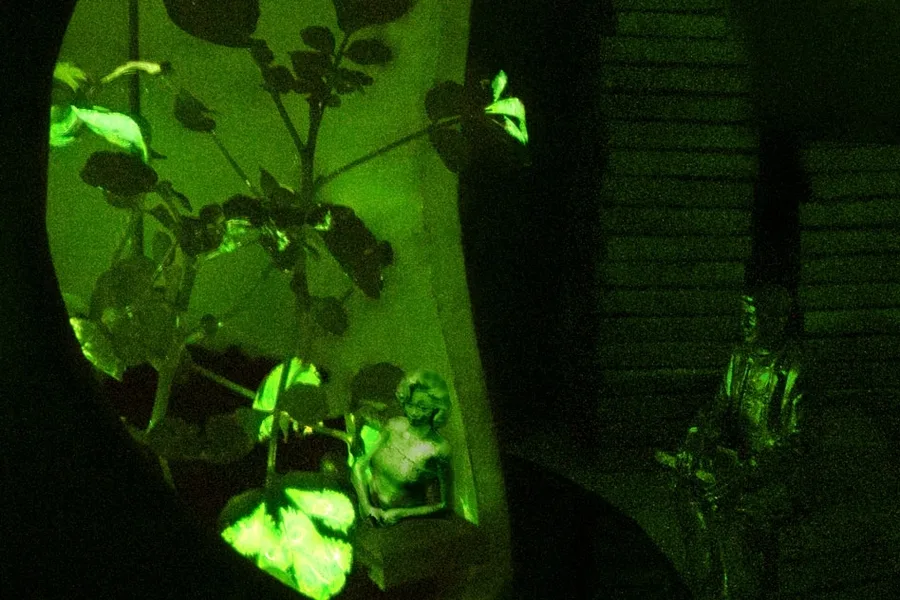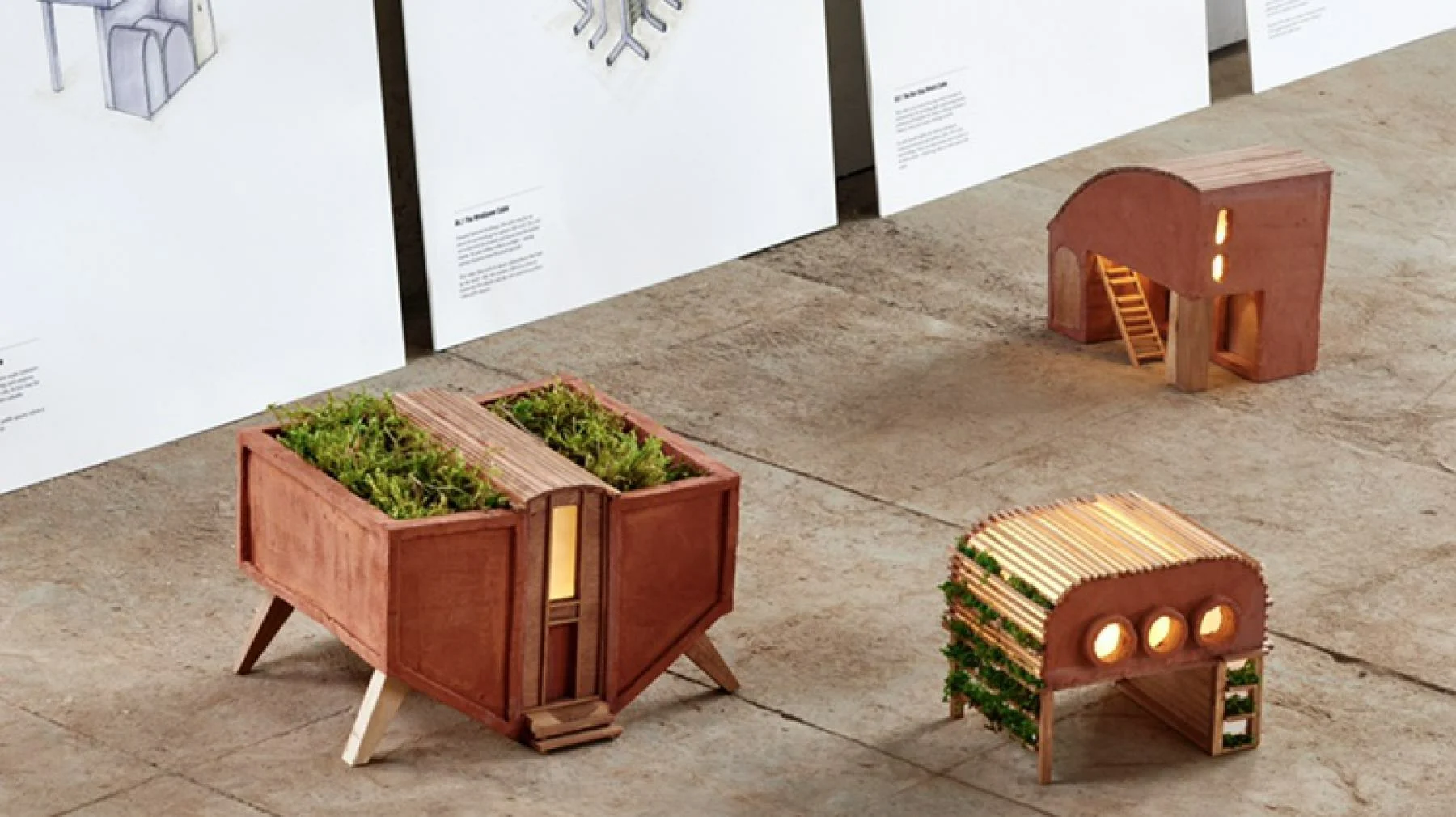In collaberation with
A chair for insects by Marlène Huissoud
September 19, 2019Significant Objects and the value of storytelling
September 24, 2019
In 2060, 75 percent of human beings will live in cities, some of which would easily reach 60 million inhabitants. In the United States alone, an average of 3,300 new homes are built every day.
In turn, 45% of international tourism is already produced in cities, according to figures from the World Travel and Tourism Council (WTTC). And it is possible that in 2030 this percentage will exceed 65%, we believe. Almost 900 million tourists will concentrate on the 300 most attractive urban destinations, some of them now considered “mature or saturated”.

WWTC
The figures should serve more for reflection than to cause panic, although some cities needs are more urgent than others to modernize their infrastructure, as is the case of those located at level 5 of the chart published by the WTTC. Amsterdam, Barcelona, Paris, Prague, Rome, San Francisco, Stockholm, Toronto and Vancouver would be included in that heading called ‘Managing Momentum’ or, in other words, in the process of suffering the tourist collapse and being in need of managing it.
For us, the most interesting area of the chart, are those destinations being conjured to advanced to the third tier of the graph. It is the emerging players of urban tourism of the 21st century, who are promoting a new, fresh, certainly tempting and welcoming infrastructure like: Bangkok, Cape Town, Delhi, Ho Chi Minh City, Istanbul, Jakarta and Mexico City. Most of whose buildings are a summary of their cultural heritage and strong technological investment.
Living in Indonesia, undoubtedly changed my life and career aspirations more than I could allude to in this first blog, but let me try. To start, the merge between the global giants of architecture (arguably the top and most significant of the major arts) and tourism (a massive contributor to the economic global markets) are the catalyst of my buildings, all of them thus far located in boutique hotels and eco-resorts. In this sense, Bali, for me, is an example of the ever-expanding and fluctuating population influx, but also abundant in sustainable solutions and innovative tourism possibilities.:
And it is in these realms of new trending tourism and architectural research where our star material shines: Bamboo.
Bamboo is an extremely versatile grass that doesn’t follow the conventions of the past millennia of architecture and construction mostly due to its shape: round, hollow and tapering. Growing in exposure, primarily in South America and Southeast Asia, bamboo’s compressive and tensile strength is similar to those of concrete and steel, and it not only offers new forms for the spaces we live in and visit but also, unlike concrete or steel, it sequesters carbon as it grows instead of emitting it while it’s made.

These properties make bamboo relevant to all of the “emerging performing” cities, from temporary music festivals structures to interior design embellishments, and from high rise construction scaffoldings to green walls, living fences and high-end alternative private schooling. The current building codes much like the constitutions of many countries are calling for an immediate and much needed update. This being said, many countries, like Spain, Indonesia, and Mexico are starting to take notice of the potential of bamboo as a building construction material and are benefiting greatly in doing so, both aesthetically and economically. As an encouraging example, the multi design award-winning airport Madrid Barajas Airport “Terminal 4”, designed by Richard Rogers Partnership, uses bamboo strips to give a smooth and elegant finish to its massive 760,000 square meter tourist transit hub.

Join us in our global investigation in this new era for architecture, art, tourism and beyond.
This is a story of the Furutist Club
by Science of the Time
Written by: Pablo Luna
Pablo Luna Studio focuses on the design, development and production of art and architecture with bamboo. The studio researches and experiments various techniques with bamboo and publishes their findings. The aim is to disseminate knowledge about the potential of this versatile grass and to create and share bamboo on a broader level while challenging its perceived boundaries. By combining technology and natural materials, the studio investigates the ways in which the two interact to create new possibilities with this natural but magical grass.

Pablo studied architecture at Columbia University in New York City. During this time, he connected with John Hardy, a world-renowned entrepreneur whose primary medium is bamboo. A day after graduating, he flew to Bali to work with John and his journey with bamboo began. Once on the island, his understanding of what it meant to design and work with this living grass came to fruition. Gaining confidence in his ability to create after building a yoga pavilion, a minang bridge, a meditation shala and a tree house led him to the realization that the possibilities with bamboo were limitless. It was then that Pablo Luna Studio was created — to further the study of this adaptable material.
One of the beautiful aspects of bamboo is that no two pieces are alike. Each one is unique and can thus be used to create different art forms. Hence, the studio’s art is driven by its interests in creating art and architecture that incorporates natural materials, movement, and human stories. The entire team strives to make the concerns of art relevant to society at large.
Art, for them, is a crucial means for discovery. This is why their creations with Bamboo include jewelry, sculpture, film, and installation. Not limited to the confines of the museum and gallery, their practices engages the broader public sphere through architectural projects, interventions in civic space, and issues of sustainability and climate change.
The jewelry collection began as an experiment while teaching students how to create architectural models and furniture at Bamboo University in Bali. The first pieces were inspired by works of the local Balinese craftsmen: elegant knife movements, attention to detail and mastery of the material. The way bamboo is handled and perceived in the Balinese community shed light on the opportunity for craftsmanship in the studio.
Pablo Luna Studio’s is creating architecture that brings the appreciation and understanding of bamboo to a new level. Through experimentation and research the ever dedicated team will continue to document and create new possibilities with this versatile material that reach far beyond our imagination.



